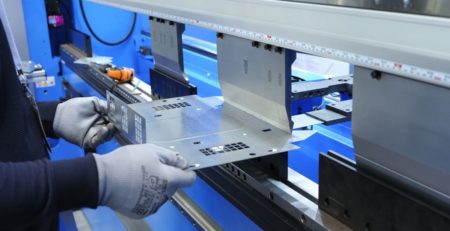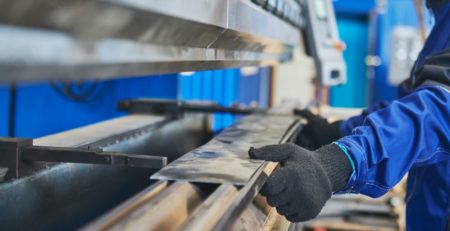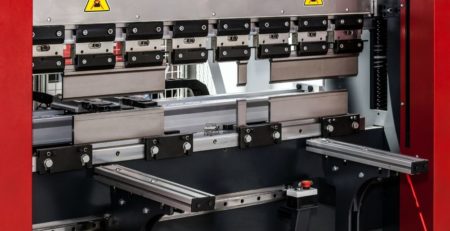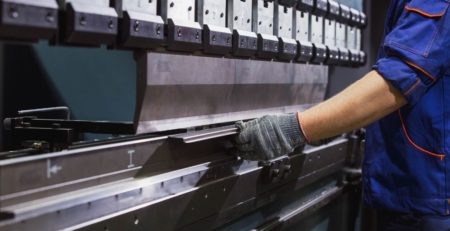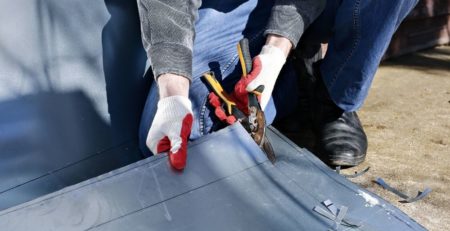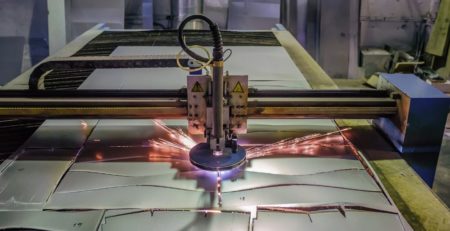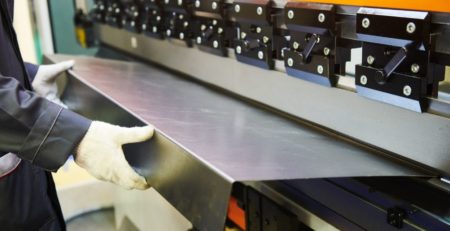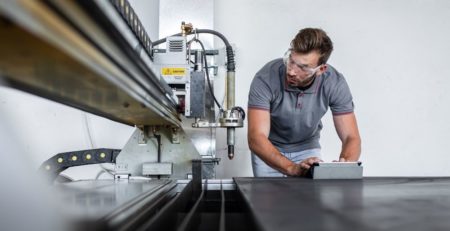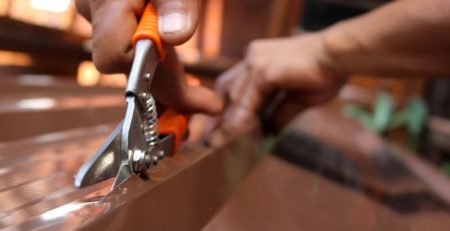Real-World Roll Forming Applications
As fabricators, we see our work everywhere. Every time we step foot in a car, we wonder if one of our colleagues was the one who put it together. Well, this sentiment may also be true for angle roll forming. Here are real-world roll forming applications that everyone should know. Perhaps once you realize how common these devices are, you’ll develop a fonder appreciation for metal fabrication.
Automobiles and Trains
Metal fabricators are the magicians of the automotive field. Without our skills, none of us would drive the vehicles we know and love. We use things like angel roll forming machines to help create these cars. Believe it or not, these devices are also ideal for locomotives.
Some of the reasons why angle roll forming machines are ideal for creating these objects are:
- They can create wide steel parts ideal for trains and cars.
- Metalworkers also use them to make long parts, like train tracks.
- Fabricators can use these machines to build external parts of trains and cars to protect them from the elements.
Data Centers
Metal fabrication is no longer stuck in the 20th century. In fact, we work with data centers to construct server racks needed to store information. Talk about being high-tech! Essentially, these establishments house customers’ digital security for their businesses. Server racks are the equipment they use to store it. Building these server racks is tricky because they have to be tall and have the ability to expand in the future.
That’s why angle rolling machines are fantastic. These devices can manipulate galvanized stainless-steel and take on massive projects like constructing server racks. For example, the APK 1000 has rolls driven by three separate hydraulic motors. The guide rolls are also hydraulically adjustable, so they’re easy to use. Us fabricators want to do anything we can to make our jobs easier, which is why angle rolling machines are a godsend to those in the field.
Warehouse
Fabricators work in warehouses every day. Isn’t it weird to think that we can be surrounded by the things we create? Roll forming machines create shelving units that can withstand substantial weight so workers can place large sheet metal pieces on there. People can also use angle forming machines to make automated pallet rails, consequently making our jobs a tad less challenging. It’s truly a gamechanger.
Aerospace
Have you ever stopped to think about how airplanes are made? The process is truly amazing. Metal fabricators work with aerospace engineers to create the planes that transport us from place A to B. Metalworkers use angle roll forming machines to create the airplanes’ exterior by manipulating them into the right shapes. Roll bending machines are also used to create the undercarriage of airplanes where people store their luggage.
Military
Metalworkers also make life easier for the men and women in service. Military tanks just don’t pop out of thin air. Rather, fabricators have to make the tanks with government personnel near to ensure they meet governmental standards. Fabricators use roll bending machines because they can produce these vehicles at a rapid speed. In addition, roll forming machines can make bends out of thick materials like armored steel that protects the troops.
On the Road Again
Aside from making automobiles, angle roll forming machines are used for other road-like materials. For example, they’re used to make road signs and traffic lights. So, the next time you’re stuck at a long red, think about how long it took to make those objects. Fabricators spent hours working with cutting machines, like plasma cutters and angle bending machines to create something that most of us take for granted. We owe it to them to think about the brutal nature of their work.
Stores
The freezer aisles at grocery stores are rather chilly. So, you might not want to stop and wonder how they were created. However, this would be the perfect thing to do in the summer when you want to cool down. The truth is that metal fabricators use angle forming machines to create the shelving units within these freezers at the grocery store.
There are tons of reasons why angle roll forming machines are perfect for creating these freezers:
- Angle roll bending machines can create strong insulated shelving units that can be used in the freezer.
- These devices can also be used to make the stainless steel doors on freezers. Pro Tip: Don’t forget to bring sanitary wipes on your next trip to the store to prevent Covid-19 germs from spreading.
- Angle roll forming machines can also be used for decorative purposes to make imprints on the metal. This may enhance the customer experience.
HVAC Systems
Speaking of chilly, fabricators also use these tools to create HVAC systems. Things like air ducts, filters and air conditioners are created by these devices. They’re perfect because they can be manipulated into the perfect shape for air to flow through. These ducts and other things must be spiraled so that air can flow through and be evenly distributed.
So far, we discussed how metal fabrication is everywhere if we just look for it. However, it’s important to remember that anything created is only as good as the machines used to create it. For this reason, metal fabrication shop owners need to work with trusted manufacturers to get the right equipment.
Mac-Tech is one of the best distributors in the business. We understand that you have to get these jobs done quickly and precisely—and we should never underestimate the real-world roll forming applications. We also have a support line in place in case things go wrong. Our policy is never to leave anyone hanging. Our team is also available in case something happens, and we’ll send someone out if something needs fixing. Moreover, we’re friendly and we understand how stressful running a metal shop can be. We will use our expertise to become your helpful ally in any way that we can. You’ve got a friend in us, and we appreciate all the hard work that goes into metal fabrication.




